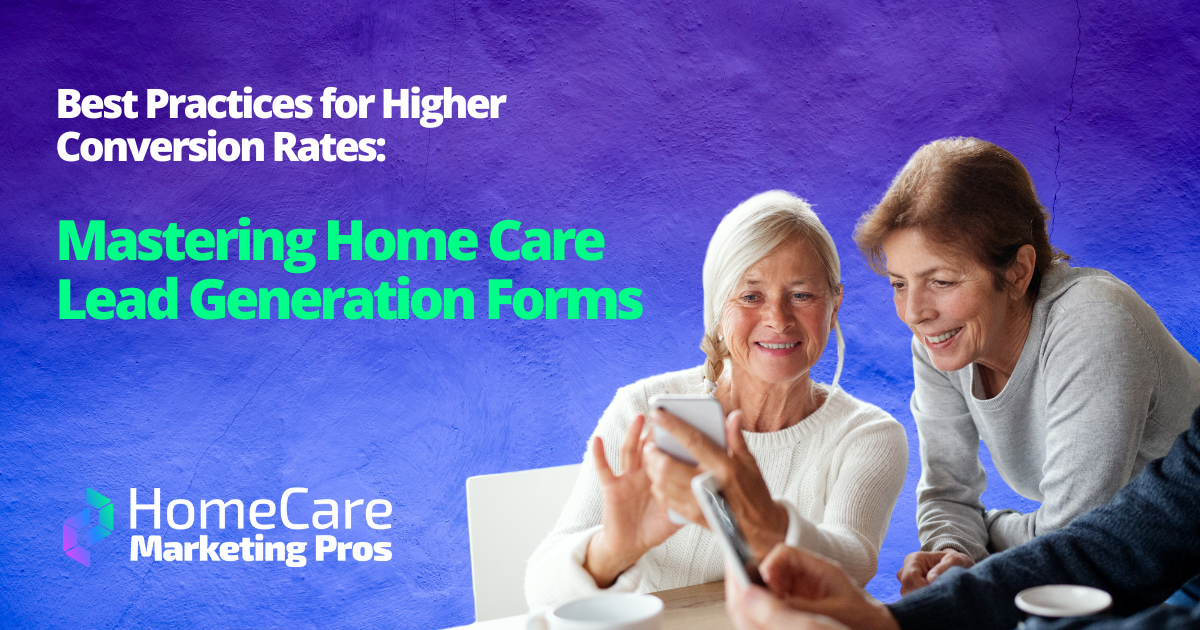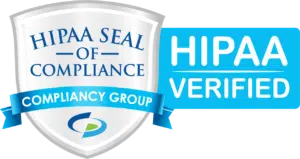By Megan Kujawa, Content Marketing Specialist at Home Care Pulse
A small increase in the number of inquiries who become clients can mean the difference of thousands of dollars for your home care agency.
Converting inquiries to new clients isn’t a simple snap of the fingers. It takes time, effort, and clear communication among many other things.
As you’re searching for ways to manage and increase lead conversions, be sure to remember that sales should adapt to the client based upon where they are at. There’s not a one-size-fits-all approach and it’s important that you recognize their needs on an individual basis.
Nonetheless, it’s still a good idea to get in a rhythm that works well for your home care agency. One key is to consider each step of the sales process and identify where your process is weakest.

We’ve got tips that will help agencies at several stages of the process—but it starts with the right tracking.
Tracking and responding to inquiries
First things first – when getting in touch with new leads, you need to be tracking every new inquiry through each stage of the process. The simple act of tracking a lead can bring better results because no one is slipping through the cracks, and you will easily be able to identify which steps in the process still need to be optimized.
Not only will tracking inquiries make the process run more smoothly, but it produces a very real difference in revenue: in our annual Home Care Benchmarking Study, we found that the difference in revenue between agencies who track every inquiry vs. those who don’t is about $470,000.

Establishing a proper workflow for your sales representatives or anyone who might be reaching out to potential clients is a critical component of increasing your inquiry to admission rates. When someone requests more information or gets in touch with you about services, you should be entering them into your system right away and tracking all the details that go into the client relationship.
After the initial point of contact, people expect quick responses. According to Hubspot, 82% of leads expect an immediate response or they’ll go elsewhere. Outside of emergency phone calls (which should be handled immediately), your agency should aim to be return calls within 15 minutes, but no longer than 30 minutes.
When you are training staff to handle inbound leads, make sure their responses are consistent in each call. Having a firm process in place will help ensure quality and allow you to gradually optimize your approach over time.
Highlighting social proof
A good way to help inbound leads in their decision-making process is to use social proof—what your clients and caregivers are saying about your business. While most agencies are already running effective in-home assessments as part of their intake process, one area where many agencies aren’t taking full advantage of existing resources is in leveraging social proof.
Positive social proof can have a persuasive impact on how the lead sees your brand. People are usually influenced by others, so having great testimonials, feedback, satisfaction scores, and reviews up front will give you a leg up as you try to move leads from inquiries to admissions.
A good thing to note: caregiver training feeds into this process in a roundabout way. As you try to gain more social proof, having a great training program and standard of care implemented into your operations will help your caregivers to care for clients in a way that typically receives better satisfaction ratings.
We’ve often heard from home care agency owners that their biggest referral source is their current clients. As long as you are keeping a good pulse on if your clients are satisfied, social proof can be a game changer for your agency.
Using a CRM software to bridge the technology gap
Apart from a scheduling software, a Customer Relationship Management system (CRM) will help your home care agency track all your marketing and sales efforts. A few specific areas that a CRM could help your agency with:
- Tracking all information about a lead and your communication with them
- Reminding you to follow up with a lead
- Tracking the number of referrals you receive from each referral source
- Automating emails
- Staying consistent in the sales process and tracking how engaged your clients/leads are
In our annual Home Care Benchmarking Study, we found that only 22.5% of home care agencies are using a CRM software, even though research has shown that implementing CRM software into your operations can increase small business sales and return an average of $8.71 for every $1 you spend, which is a 774% return on investment.
There’s a lot of CRM software out there on the market, so be sure to do your research for one that would be the best fit for your agency. In fact, some scheduling software even have built in CRMs (ClearCare, AxisCare, and MatrixCare, among others). This may be a good choice if you already operate on these programs and know how to navigate their inner workings.
Tracking metrics
To increase conversion rates, you’ll want to set clear expectations with your team. You can hold staff accountable by evaluating metrics such as your inquiry–to–assessment, assessment–to–admission (close), and overall inquiry-to-admission rates. We’ll dive into these metrics a little bit more to see exactly what you should be tracking.
- Inquiry-to-assessment rate: The percentage of prospective inquiry calls that turn into a performed assessment. (This number is found by dividing the number of performed assessments by the number of inquiries.)
- Assessment-to-admission rate: The percentage of performed assessments that became actual clients. (This number is found by dividing the number of admissions by the number of performed assessments.)
- Overall inquiry-to-admission rate: This represents the percentage of service inquiries that became actual clients. (This number is found by dividing the number of admissions by the number of inquiries.)
Another important thing you should be tracking is the weekly added billable hours. If billable hours are increasing over time and your staff is growing or taking on more work, it’s clear that new admissions have been successful. At the end of the day, conversions are supposed to drive new billable hours and revenue, so tracking those metrics are key.
Last but not least, another key component of metric tracking is seeing what referral sources are converting at the highest rate. You’ll want to assess where each inquiry is coming from. One way to do this is by simply asking “How did you hear about us?” Once you start tracking sources, you’ll be able to see what has the highest conversion rates and zero in on those.
Getting from here to there
While there isn’t one method for successfully converting inquiries to new clients, your team should make sure to implement and stick to a solid sales process. No matter what form it takes within your agency it’s ultimately about building and maintaining relationships. Add value by helping potential clients every step of the way.
The biggest thing here is making sure you are readily available to provide support and answer any questions they might have. There may be information that they are having difficulty finding on your website, but no matter what, you should be a resource and contact for whatever they might need.











